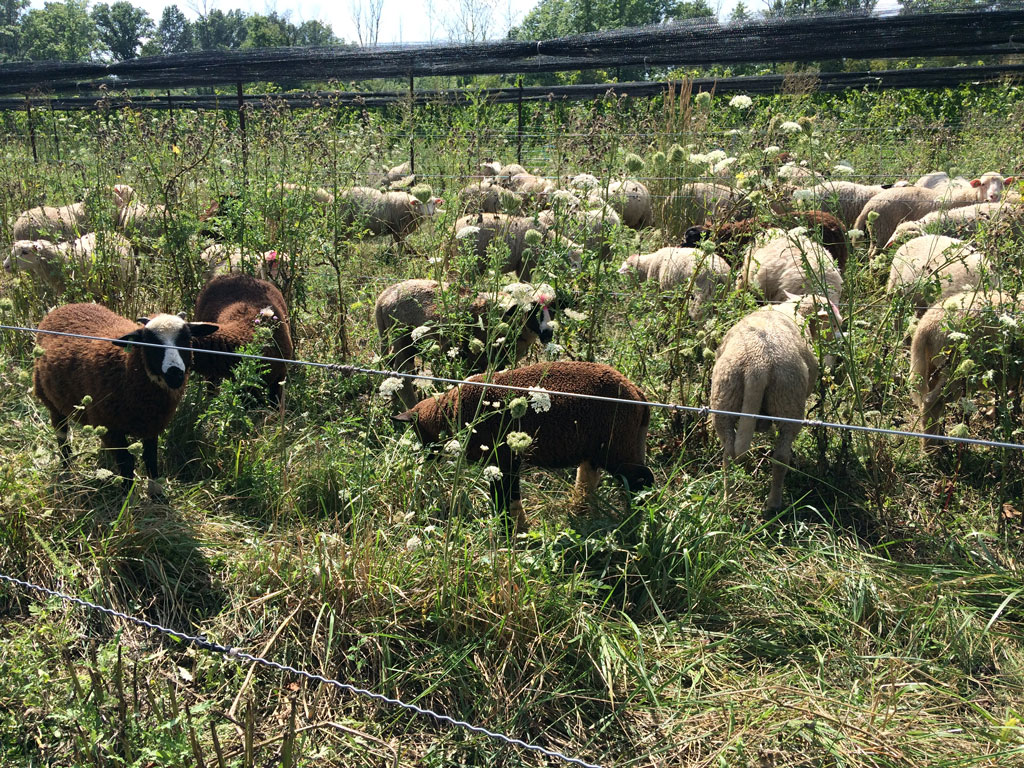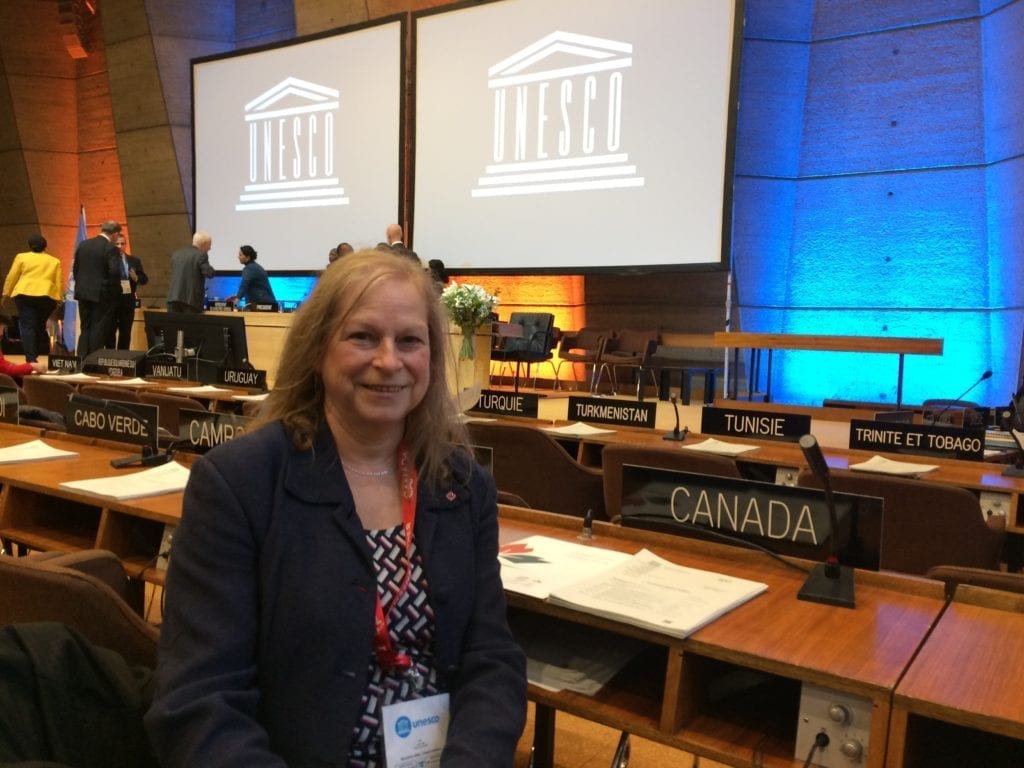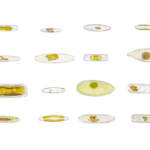Listen to our interview with Dr. Vasseur or read the interview below:
Some of the questions and answers have been edited for brevity and clarity.
Congratulations Liette on becoming Co-Editor of Botany. I wonder if we could start by talking about your scientific interests, a bit about your early career, and how you became interested in plant ecology?
Okay. I should say that interestingly enough I grew up on a farm in Laval in north Montreal in a time when we [my family] had farms, it is not the case anymore. I’ve always been outside going in the woods all the time. A part of my life was in northern Quebec as well as in Oka.
So, I always like the outdoors and liked see what’s happening and even studying traditional plants. But having my grandfather, my father, and even my uncle being florists, we had this greenhouse at home and had to help with the farms. We had goats, we had sheep and chickens so you really start interacting with nature and start learning about it.
It fascinated me, and I decided yeah I wanted to go for biology and so I did my B.Sc. at [the University of] Sherbrooke. In the first year, you are more general and then finally I was able go for the summer with an NSERC SRA [Student Research Award]. I was in the Plant Physiology lab but my supervisor was very nice, and he said if I wanted want to test other fields a bit, he had a colleague in animal ecology and I could help a bit there and get a feel for what you would like to do.
So, that gave me a good idea of the different things I wanted to do and so I finished my B.Sc. in ecology and solidified my interest in plant ecology. I did my Master’s in Conservation at [the University of Quebec in Montreal] on wild leek. Again, that was really getting deeper and deeper in plant ecology stuff.
Ecology is very much an interdisciplinary venue for research and this seems to be a characteristic of a lot of your work, but before discussing this—something that does stand out in your career is your interest in gender issues around science as Past President of the Canadian Coalition for Women in Engineering, Science, Trades and Technology. When did you first develop an intense interest in this issue—was it in graduate school or later on?
A little bit in graduate school but more when I became a faculty member. I always remember my first position was a St. Mary’s University in Halifax and some of my male colleagues were chuckling about that because one faculty [member] who was against women in science [efforts] was on sabbatical in the year I arrived so I was able to establish my lab without any big problem or anything.
This is when I realized and I became very sensitive to the fact that it is not everybody who has a chance to go to university.
And when we look at women, it is even more difficult in many cases. I am first generation [in my family] going to university and I know there are some barriers—some of them are not very obvious all of the time and especially when you are in a situation of a minority, you kind of realize it a lot more. As you said, I have always been doing a lot of interdisciplinary research.
My first position at St. Mary’s was in the Environmental Studies program and Biology. And I was a member of the Nova Scotia environmental industry association. At the first [annual meeting] I went to, we were two women among over one hundred people. So you realize that you are in a minority all the time and you try to figure out why and what is happening.
Gradually, I started doing international projects with CIDA, the Canadian International Development Agency, in Cambodia, in China, and Vietnam. This is where you also have to learn about gender analysis and understand what it means, and you realize that in many places it’s even harder as a woman than even in Canada. So, these are all places and different parts of life that really brought me to understanding the importance of looking at women in science.
In fact, my first association that I was part of was L’association francophone à propos des femmes en sciences, technologies, ingénierie et mathématiques [AFFESTIM], and I was President for a couple of years there too. This is how you develop an understanding of the challenges.
So, these are the places that have shown me over time that we need to work on it, we need to look at equity, diversity, and inclusion, and accessibility, this is another one I am working on. In fact, I am changing the initials to IDEA—Inclusion, Diversity, Equity, and Accessibility because these are really important aspects—often put aside with lip service and we don’t want to work with it. At the same time, it is more and more important now.
We, of course, know each other through your leadership at the Canadian Commission for UNESCO. I cannot help but think that that role and the activities of the Commission are a kind of confluence of some of the things you have been talking about: science, social issues, and the international dimension. Is that what attracted you to the UNESCO role?
I have been interacting with the UNESCO networks, in fact, since Halifax because I helped Southwest Nova when it put in its submission to become a Biosphere Reserve and then when I moved to Moncton I became an ambassador to help create the Fundy Bay Biosphere Reserve.
I have always been interacting and doing reviews for the Canadian Commission for UNESCO on Biosphere Reserves.
When Brock University asked me to become a UNESCO Chair, it was almost a natural path in some ways. So, gradually when the Canadian Commission asked for nominations for the Sectoral (Commission) that really gave me an interest and then I guess the rest is history.
So, now as if you did not have enough on your plate and your agenda, you have accepted this role as Co-Editor of Botany—which would seem in a way like a return to a focus on science—but I see that Botany has embraced non-traditional sources of knowledge and knowing. Do you see this as a feature of the journal that might grow in the future?
Well, I think in part I should say it’s interesting, while my research is quite interdisciplinary and I do a lot of community-based work I still do a lot of botanical work and so that’s why I am still quite connected to that.
I was invited first to become an Associate Editor in 1998 by Ian Taylor when he was Editor of, at that point, the Canadian Journal of Botany. I don’t know. I have always been quite curious and quite active in seeing how to help the journal.
So last winter when Christian Lacroix approached me to be Co-Editor with him for the journal, at the beginning I was a little bit hesitant but I thought okay it’s probably the next step in terms of contributing to the journal, and you know things are changing gradually in terms of the types of publications. This is why we have a new scope for the journal with the addition of Traditional and Indigenous Knowledge and genomes and different components.
To put that all together to show that like anything else we have to evolve and that’s a good way to go for that.
It sounds like both a challenging and interesting assignment. Best of luck in it and thank you for this.
Yes. Thank you very much.

In-text image: Dr. Liette Vasseur.
Podcast music is “Spring Cleaning” by Jay Man, www.Our-Music-Box.com






